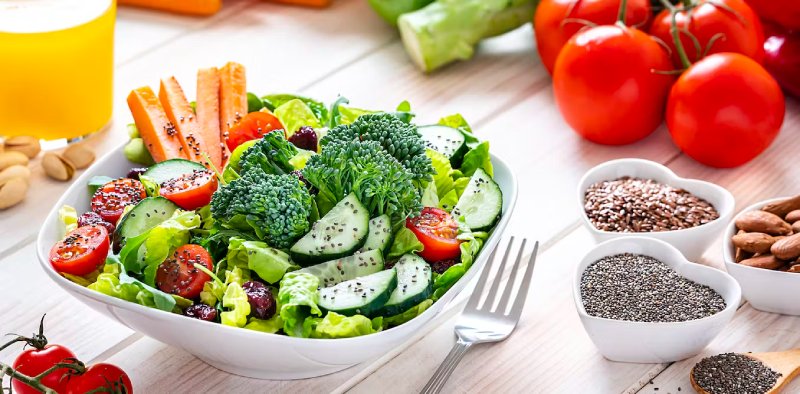One of the most widespread types of nutrient shortage in the globe is iron deficiency.
In areas like South Asia, Central Africa, and West Africa, approximately 50% of women of reproductive age suffer from severe iron deficiency, generally known as anaemia (compared to 16% of women in high-income nations).
In New Zealand, iron insufficiency affects 12.1% of women over the age of 31 and 10.6% of women between the ages of 15 and 18. In order to protect both the mother and the unborn child’s health during the third trimester of pregnancy, the risk increases and the iron status must be closely checked.
The likelihood of iron deficiency will probably rise as more people think about transitioning to plant-based diets.
If present patterns of food production and supply around the world are maintained, our analysis of nutrient availability in current and future global food systems also indicates that we can anticipate a shortfall in dietary iron by 2040.
This suggests that iron deficiency in our diets will need to be addressed, especially in populations with greater requirements like teenagers and women. We contend that adding iron to meals could serve as a one-stop solution to repair nutrient gaps brought on by insufficient dietary consumption.
Food Augmentation
Numerous items on grocery shelves, such as essentials like bread and cereals, already include additional nutrients.
There is currently no government programme to promote or mandate iron fortification in New Zealand, in contrast to mandated iodine and folic acid fortification of bread.
We contend that adding iron to our meals may be a practical and economical strategy to supply a source of dietary iron because iron-fortification strategies have the ability to avoid inadequacies in many nations, including New Zealand.
Eat more plant-based foods
In an effort to lessen their meals’ negative effects on the environment and emissions, more customers are choosing to eat less food derived from animals. According to recent data, New Zealanders’ acceptance of vegan and vegetarian diets will rise by 19% between 2018 and 2021.
A sustainable food system must take into account these plant-based diets while having discussions about nutritional accessibility. High levels of phytates and fibre are frequently found in plant diets, which hinder the body’s ability to absorb iron.
Non-heme iron, which is found in plant foods including whole grains, nuts, seeds, legumes, and leafy greens, is less easily absorbed than heme iron found in meals derived from animals. The eating of some red meat, fish, or poultry as part of a balanced diet that includes vegetables, cereals, and foods derived from animals promotes non-heme iron absorption.
By adding nutrients to plant-based diets that would otherwise be low in them, fortification can be a powerful method for encouraging people to switch to them.
A recent study examining this possibility found that adding key micronutrients to meals, such as iron, enables a more gradual dietary change. This strategy might be useful for consumers who want to increase their consumption of plant-based foods without sacrificing adequate nutrient intake.
There’s a catch, though. These foods with added iron frequently have wheat or cereal-based ingredients, which can prevent the body from absorbing iron. Due to the phenolic chemicals found in coffee and tea, which can be ingested with these traditional breakfast dishes, the inhibitory effect may be considerably more potent.
Eating foods high in vitamin C, such as orange juice, which helps to transform iron into a more absorbable form, along with iron-rich plant foods could be one answer.
Is NZ ready for meals with added iron?
Some customers are cautious to use fortified foods in their diets, despite the fact that they can provide significant advantages in the fight against iron deficiency.
Food Standards Australia New Zealand (FSANZ), a government organisation in charge of creating food laws for both countries, discovered that many customers were hesitant to choose fortified foods because they perceived them as unnatural, processed, and less healthful. This hesitation was especially noticeable when it came to optional fortifications. Non-mandatory or “voluntary fortification” includes adding vitamins and minerals to breakfast cereals, or more recently, plant-based milks and meat substitutes.
Customers frequently view this as a marketing strategy rather than a measure that promotes health.
It is critical to assess the advantages of fortification given the significance of dietary iron intake and the anticipated shortage of dietary iron.Consumer acceptability of these programmes might be increased by educational efforts including raising knowledge of iron deficiency and the advantages of fortification.


